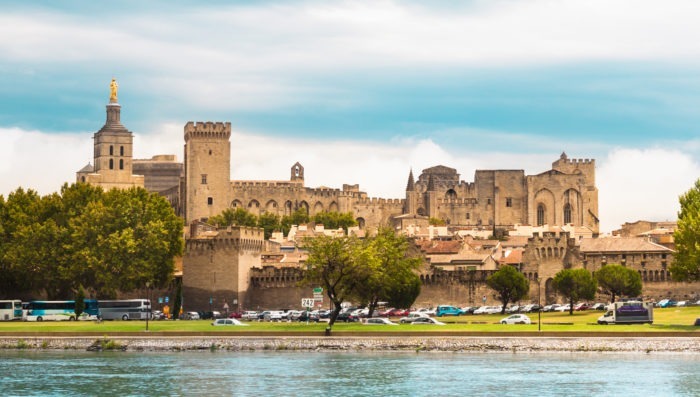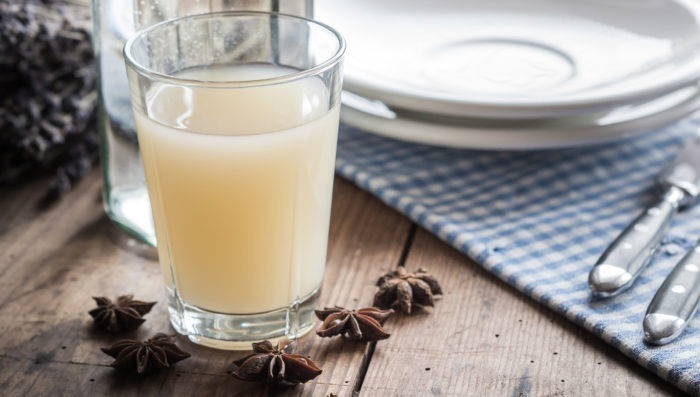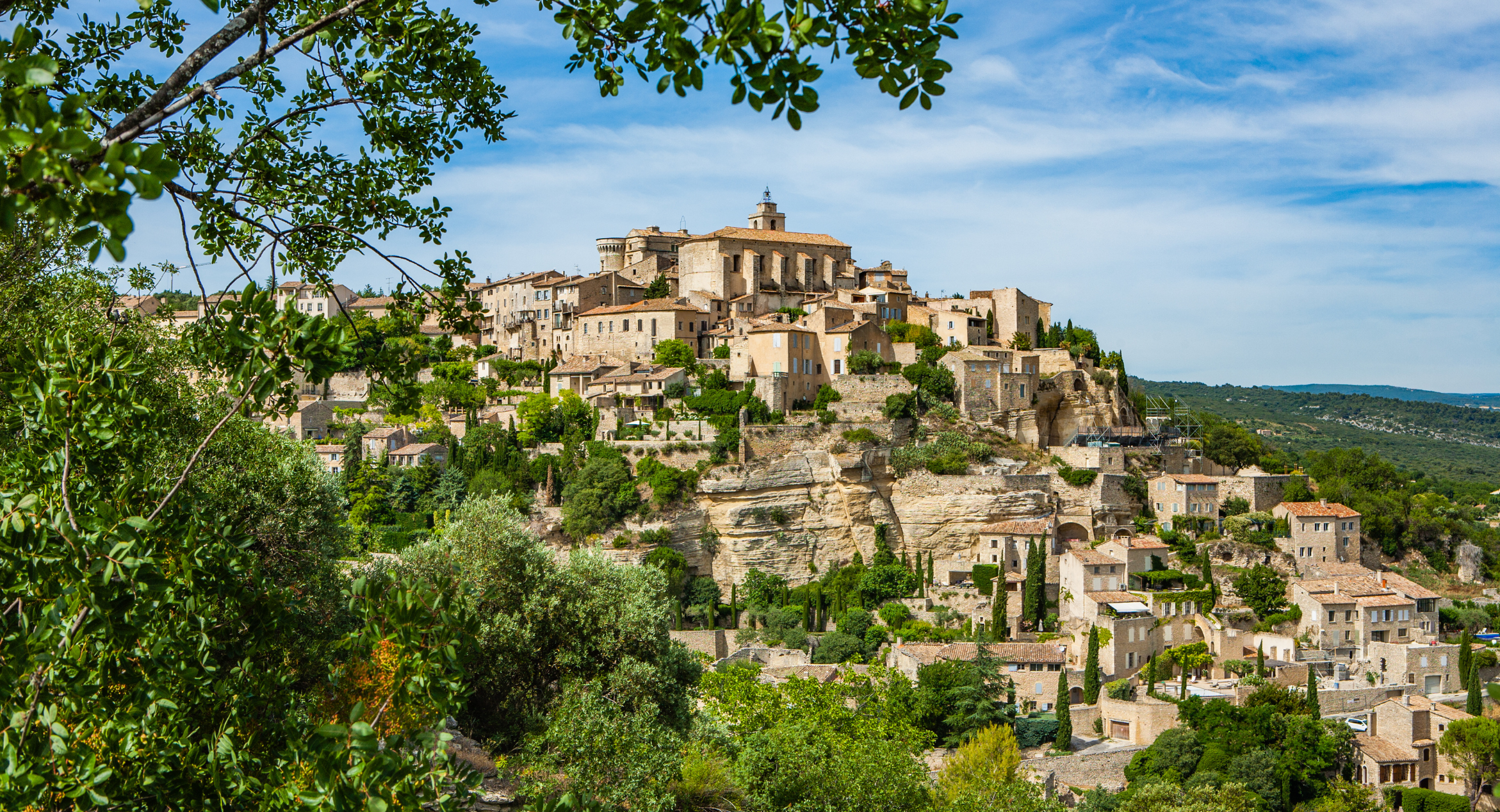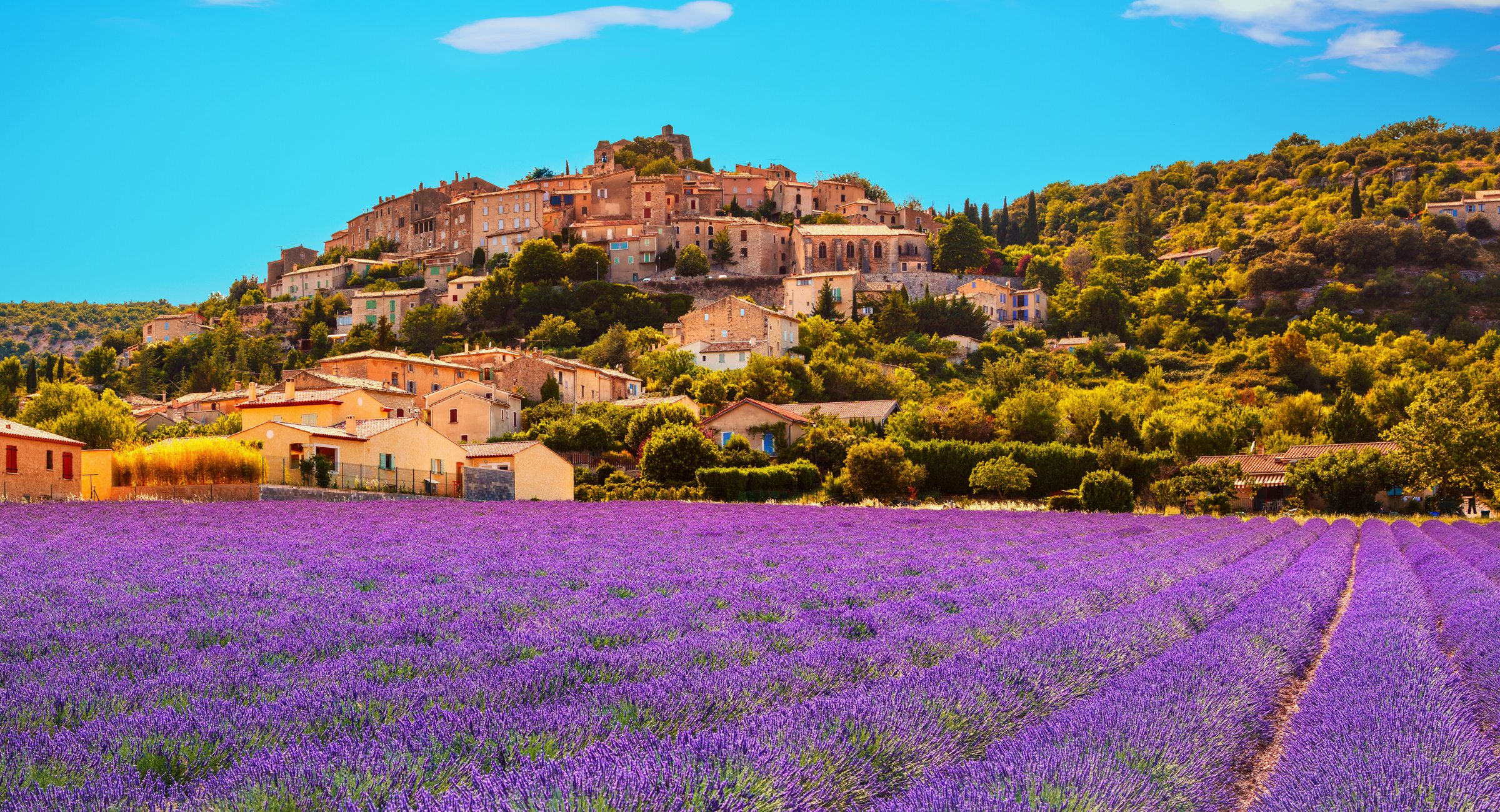Our Favorite Provence Tours
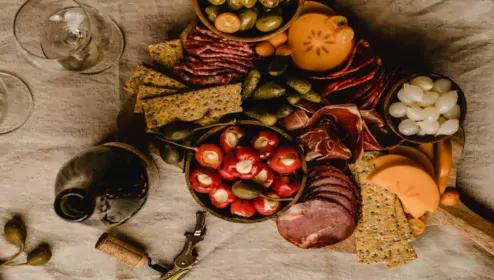
Culture and Gastronomy in Provence
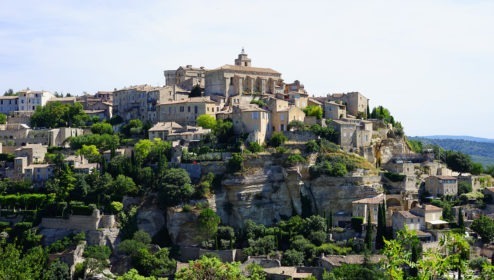
Provence and its Wonders
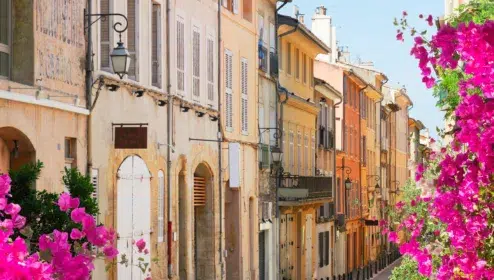
Discovering the Food, Wine, and Art of Provence!
Provence in Depth
Get to Know Provence
Nestled between the sea and mountains, Van Gogh and Cézanne immortalized Provence’s beauty on canvas. Its striking colors range from azure sky to bright pastel facades and deep purple lavender fields to vibrant yellow sunflowers. In the summer cicadas melodically buzz in the background. Wine lovers can’t miss the powerful Côtes-du-Rhône reds and the refreshing Coteaux-d’Aix-en-Provence rosés. History buffs should make time to explore the exceptional Roman ruins and the Gothic Palais des Papes. The is a relaxing place with great weather, millennia of history, and a fantastic art legacy.
History
Provence has three millennia of fascinating history to explore. Marseille, France’s oldest city, was colonized by the Greeks in 600 BC (Nice and Monaco followed soon after). The Romans conquered the region in the 1st century BC. The region’s name, derived from the Latin Provincia Romana, is a legacy of this conquest. They left behind colossal works that can still be visited today including the pristine Pont du Gard aqueduct, the antique theatre in Orange and the amphitheater in Nimes. The 14th-century Papal Schism saw the Pope decamp from Rome to Avignon where they built the imposing Gothic Palais of Papes. Though lesser-known than the Normandy beach landings, hundreds of thousands of Allied troops landed in German-occupied Provence and the French Riviera during the summer of 1944 during Operation Dragoon. In four weeks they succeeded in liberating most of southern France. Visitors can pay their respects in the Rhone American Cemetery in Draguignan.
Cuisine
The border of the Mediterranean means a lot of sun and fantastic stone fruits and vegetables. Food is often lighter here, featuring olive oil, garlic, and olives rather than the creme, butter, and sauces from further north. Try tapenade (an olive and anchovy spread), ratatouille (a zucchini, eggplant, tomato, and onion-based stew), or panisse (chickpea flour fries) in Marseille. Provence’s markets are an excellent place to sample the local food.
Logistics:
When To Go: Most of the year is dry and sunny. Spring and Fall are lovely times to visit. The summer is popular, but it can be very hot in July and August. Marseille and Nice are worthwhile year-around. Provence host several renowned festivals in July and August. The Festival d’Aix and the Choregie d’Orange are among the world’s premier opera events. The Festival d’Avignon is the largest theater festival in Europe. The city is transformed for three weeks in July with over dozens of official and hundreds of unofficial productions. The Festival of Rencontres de la Photographie in Arles showcases great photography by old masters and creative new talents. Dozens of exhibitions are held in emblematic sites across the city.
By Train: With the TGV high-speed train, Provence has never been more accessible. The train will whisk you away from Paris to Aix-en-Provence or Marseille in about three hours.
By Plane: The main airport in Provence is the Marseille Provence airport located 20 minutes from Marseille and Aix-en-Provence. It is well-connected to major European airports.
What to Eat and Drink:
Cheese: Southeast France’s climate lends itself better to goat cheeses rather than the cow milk cheeses that are produced in other many regions of France. Picodon and Banon are excellent examples. The famous blue Roquefort, declared by the writer Diderot to be “the king of cheese,” is only allowed to be made in caves Northwest of Montpellier.
Wine and Pastis: Southern France produces tremendous quantities of wine. Try trendy rosé wines from Côtes de Provence and the Coteaux d’Aix-en-Provence.
Along the southern Côtes du Rhône, Châteauneuf du Pape and Gigondas are perhaps the best-regarded, but there are scores of fantastic wines made here.
Locals love pastis, an anise-flavored spirit. It is cut with ice water to make a refreshing escape from the summer heat.
Experience Provence
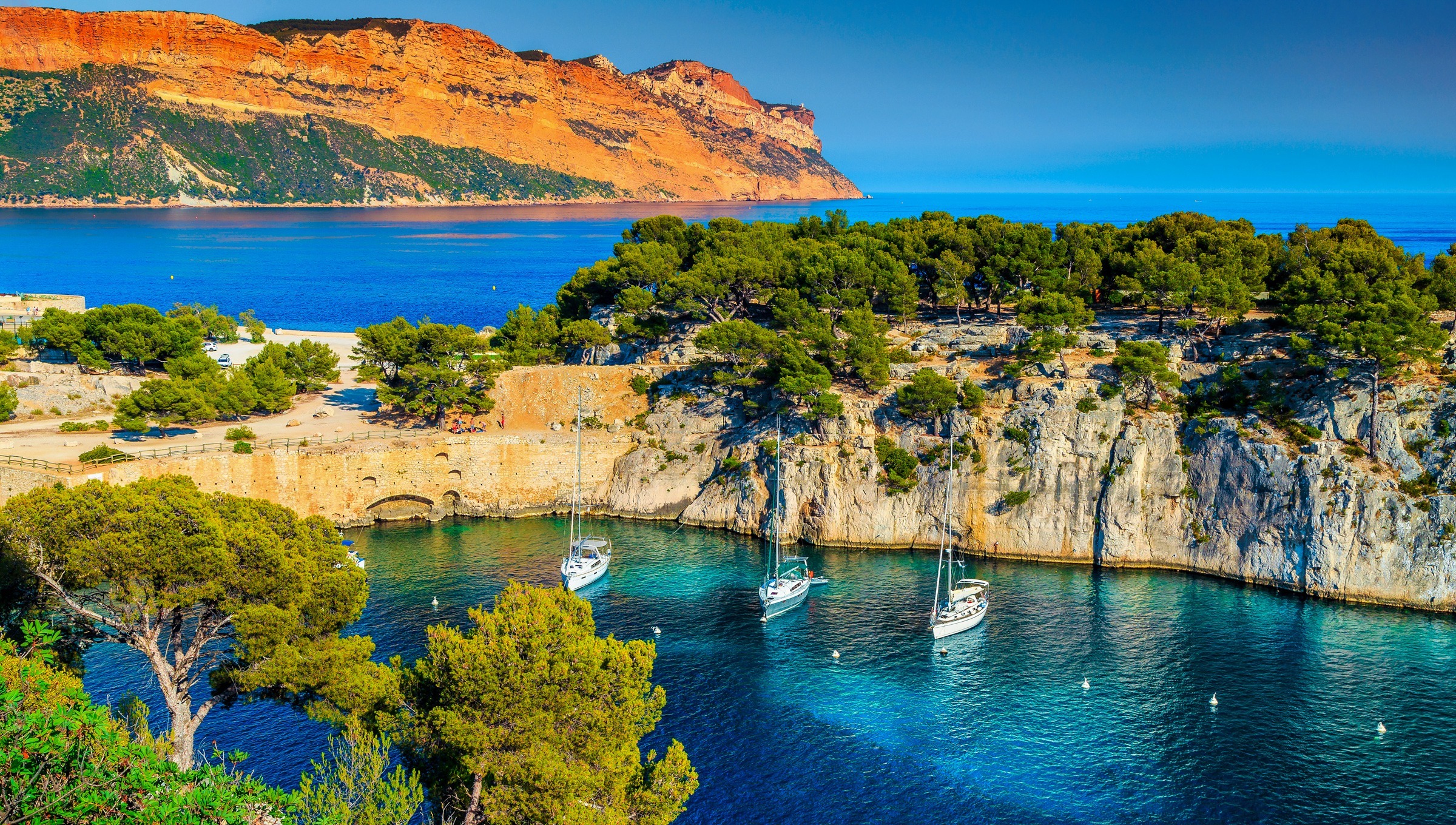
Cassis and The Calanques
Cassis is a dreamy fishing village on the Mediterranean. It’s fine dining, white wines, and colorful port are a serious draw. It is set apart by being a perfect gateway into the Calanques National Park. Extending around 15 miles (25 kilometers) west to Marseille, the Calanques are limestone inlets between Marseille and Cassis, where dramatic cliffs meet the turquoise sea forming secluded beaches. The beaches are accessible by a sporty hike or by boat from Cassis or Marseille’s Vieux Port to take in this natural wonder.
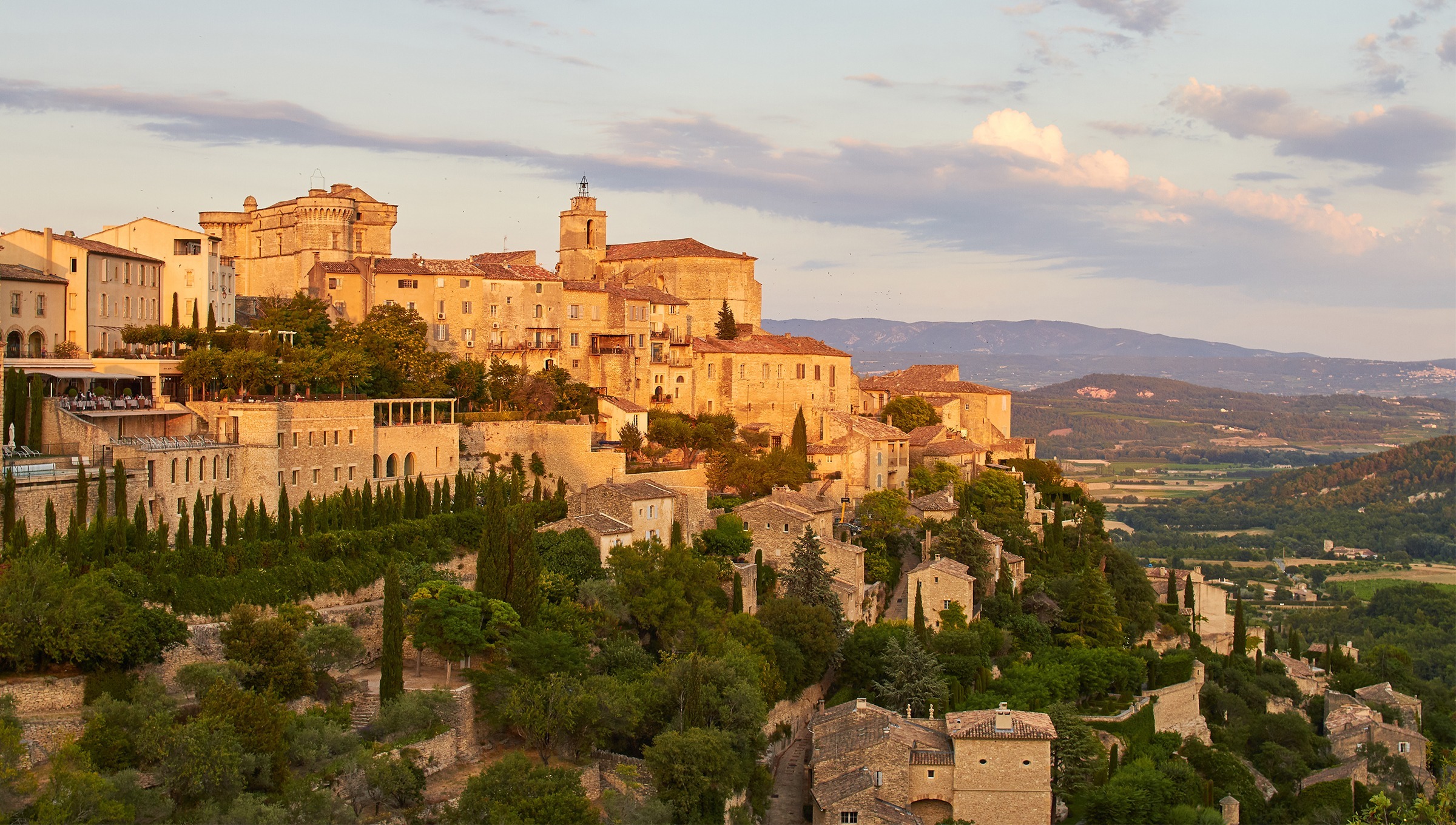
Aix-en-Provence and the Luberon
Aix-en-Provence (pronounced like the letter x) is the ancient center of Provence. It owes its elegant atmosphere to the gorgeous 17th and 18th-century mansions and omnipresent fountains that line its streets. Along the Cours Mirabeau and Vieille Ville, chic cafes and boutiques seduce passerby’s. Every day visitors can see a food, flower, or antique market in the city center. Fans of the painter Paul Cézanne can visit his studio, the Atelier Cézanne, and observe the neighboring Sainte-Victoire mountain, a frequent subject of his paintings. North of Aix, the Luberon massif’s countryside and villages will seduce any visitor. The rusty red town of Roussillon, the hilltop-perched Gordes, and the Abbaye Notre-Dame de Sénanque are highlights. Come in July to admire the vast violet lavender fields in bloom.
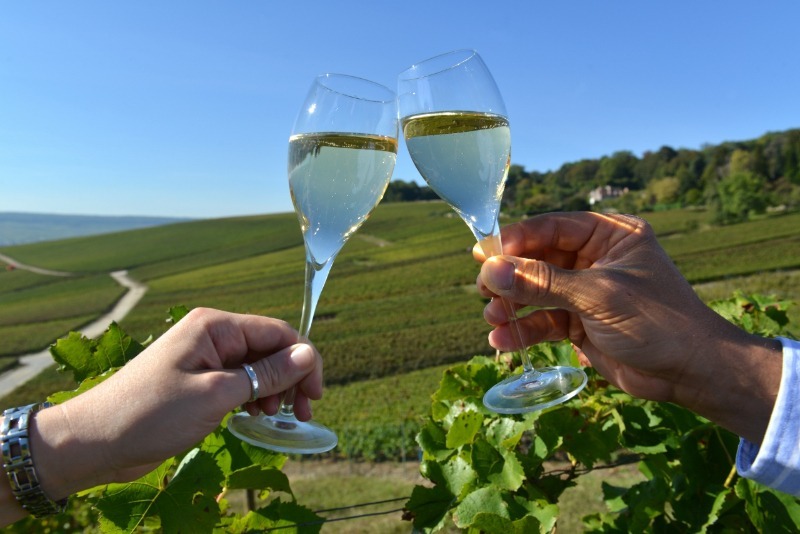
Côte du Rhone Wine Trail
Wine has been produced for more than 2,000 years along the Rhone River between Avignon and Lyon. Today the Côte du Rhone produces some of the most famous wine in the world including France’s first appellation d’origine contrôlée Châteauneuf-du-Pape. The Rhone is truly a wine lovers paradise with a remarkable landscape consisting of rolling hills and vineyards and the occasional historical village.
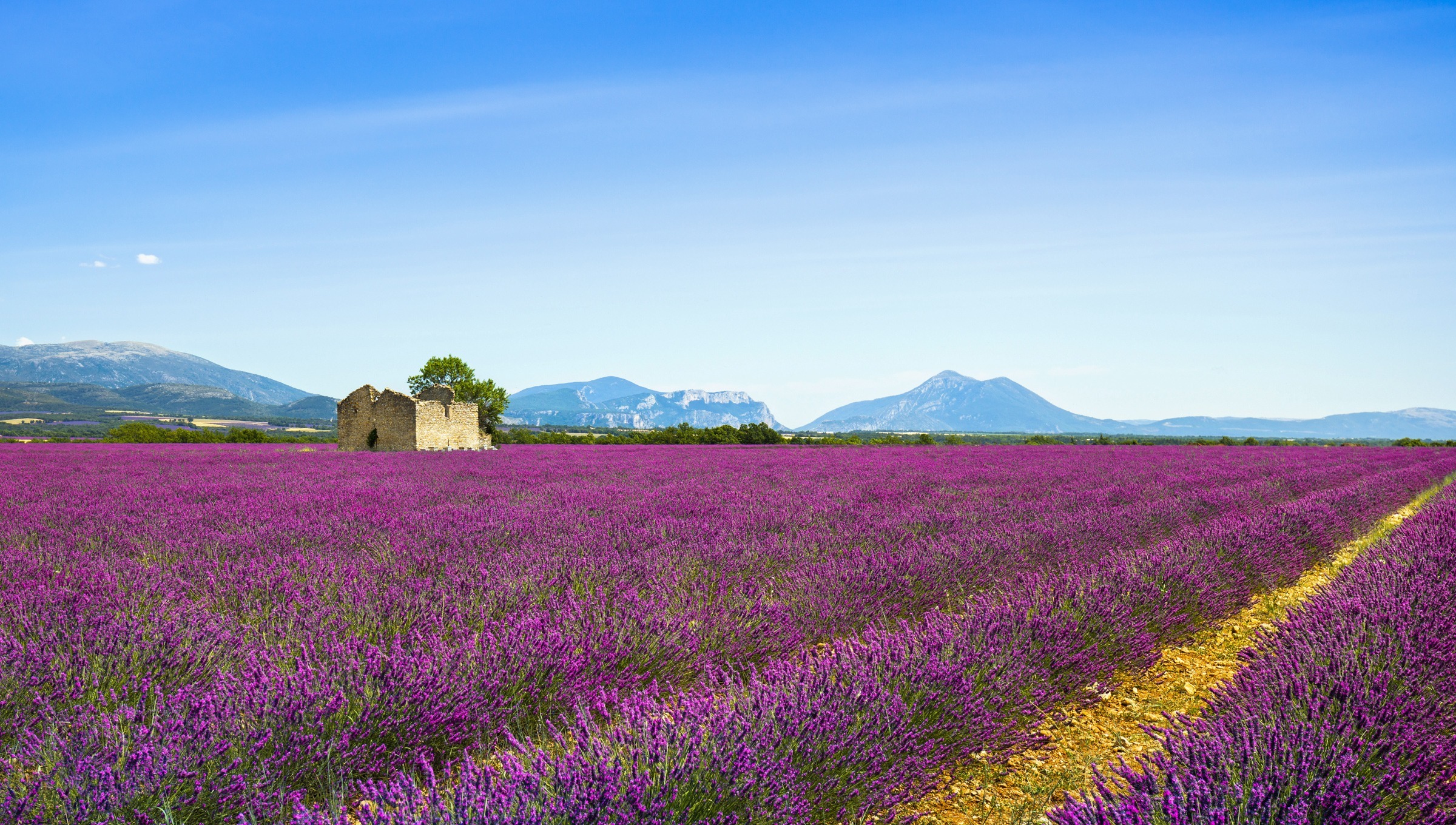
Lavender Route
The world-famous lavender fields are among the most beautiful landscapes in all of France. Throughout the years, lavender has held a prominent place in the history and culture of Provence. The lavender fields start blooming in June each year and usually by mid-July reach peak bloom. By the middle of August the lavender is usually harvested. Some of the best places to see lavender include Valensole, Abbaye Notre-Dame de Sénanque, Sault, and Drôme. Visit a distillery to bring some of the scents of Provence home with you in the form of essential oils, soaps, or honey.
Hotels & Villas
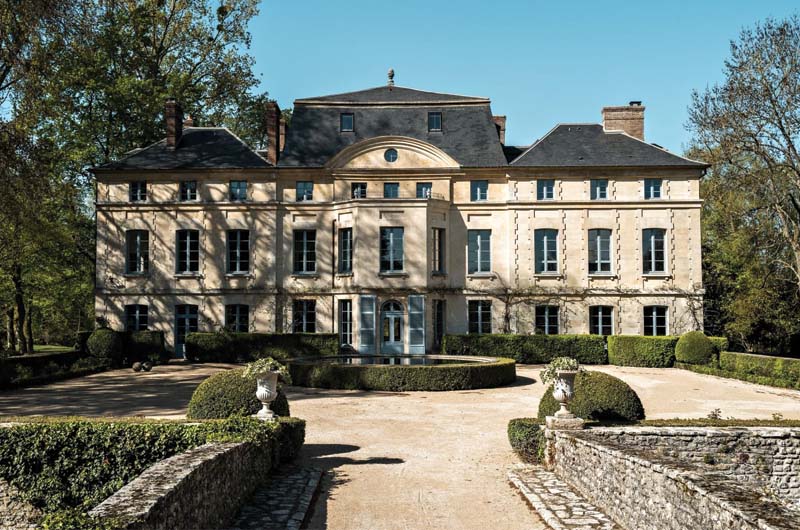
Domaine de Fontenille

Villa Serenna
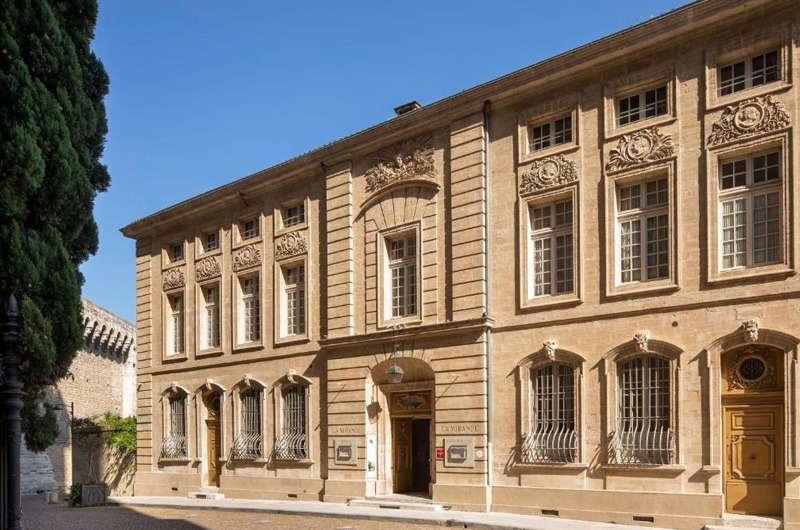
Hotel La Mirande
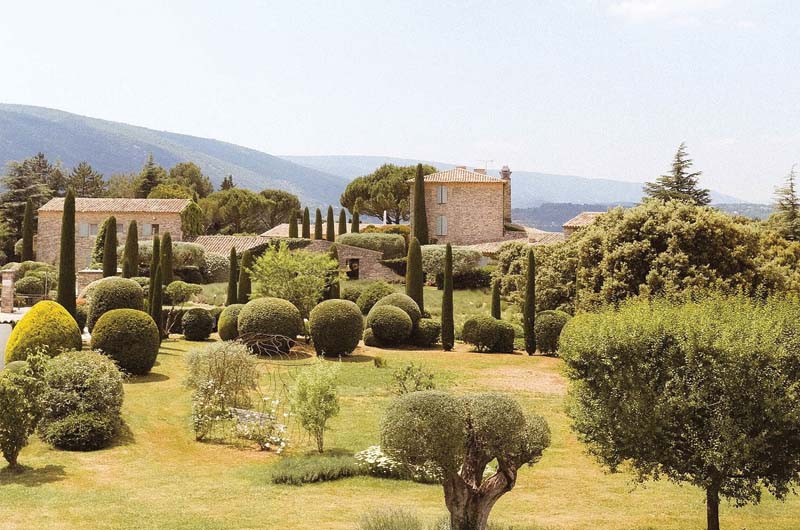
Domaine de Capelongue
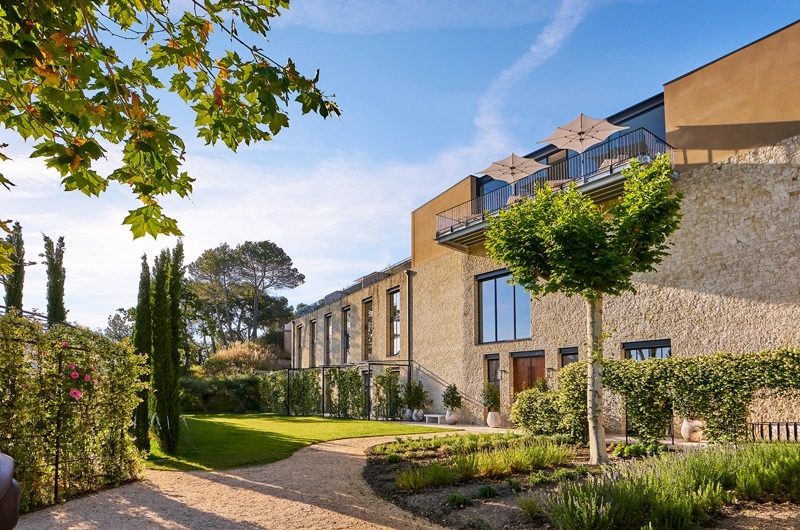
Hotel Villa La Coste
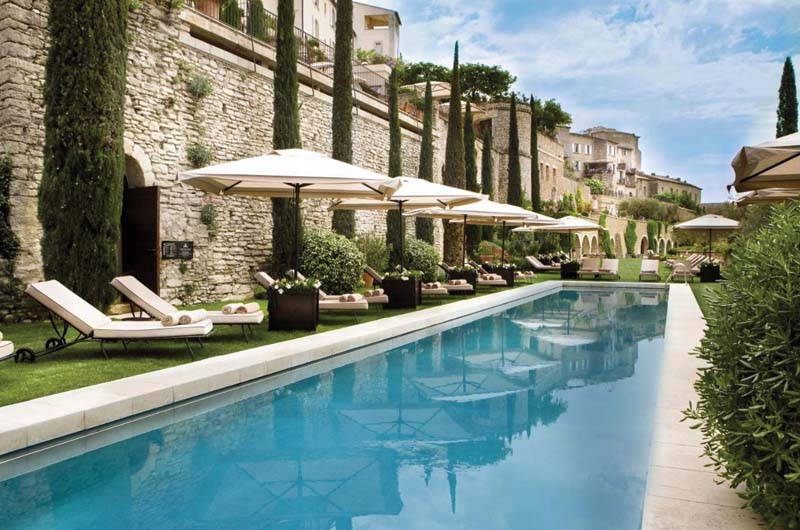
La Bastide de Gordes
What Our Clients Are Saying
Why French Side Travel?
Award-Winning Expertise
Local Knowledge, Tailored to You
Authentic French Immersion
Round-the-Clock Support
Worry-Free, Tailor-Made Travel
Our Partners and Awards



